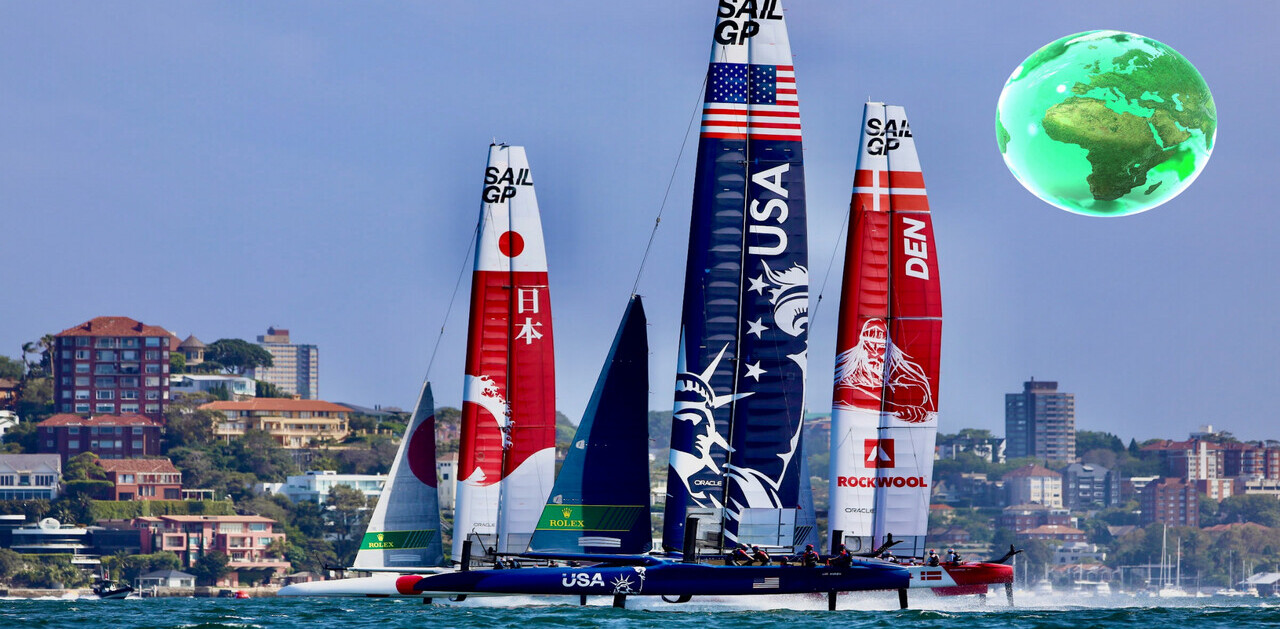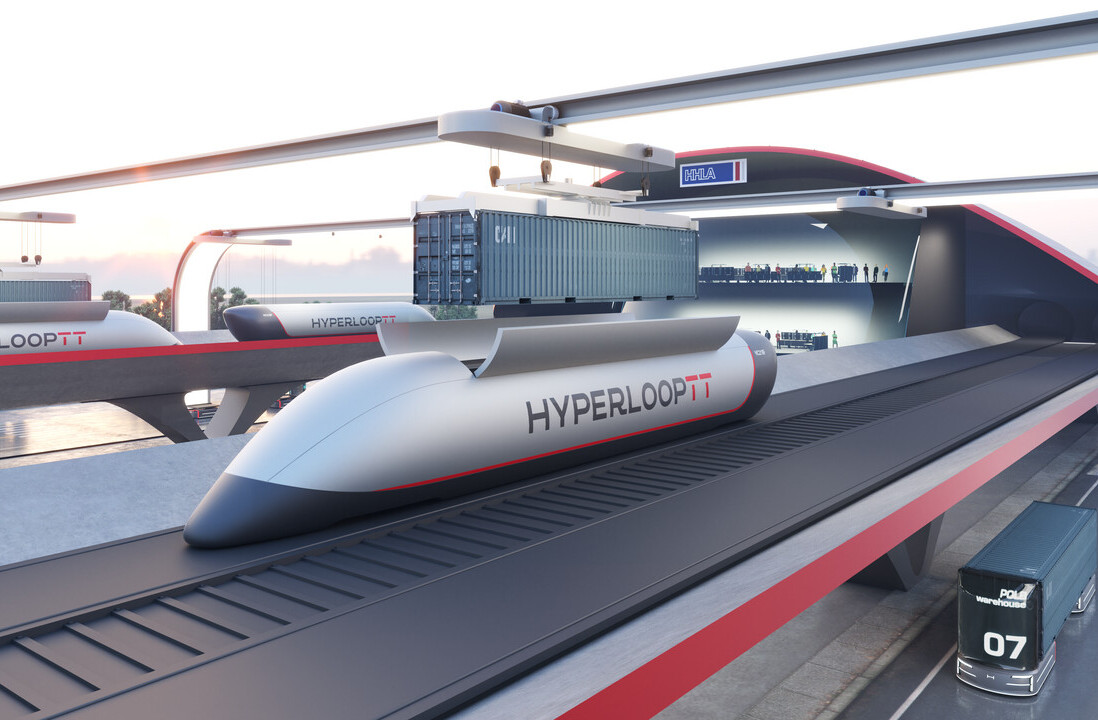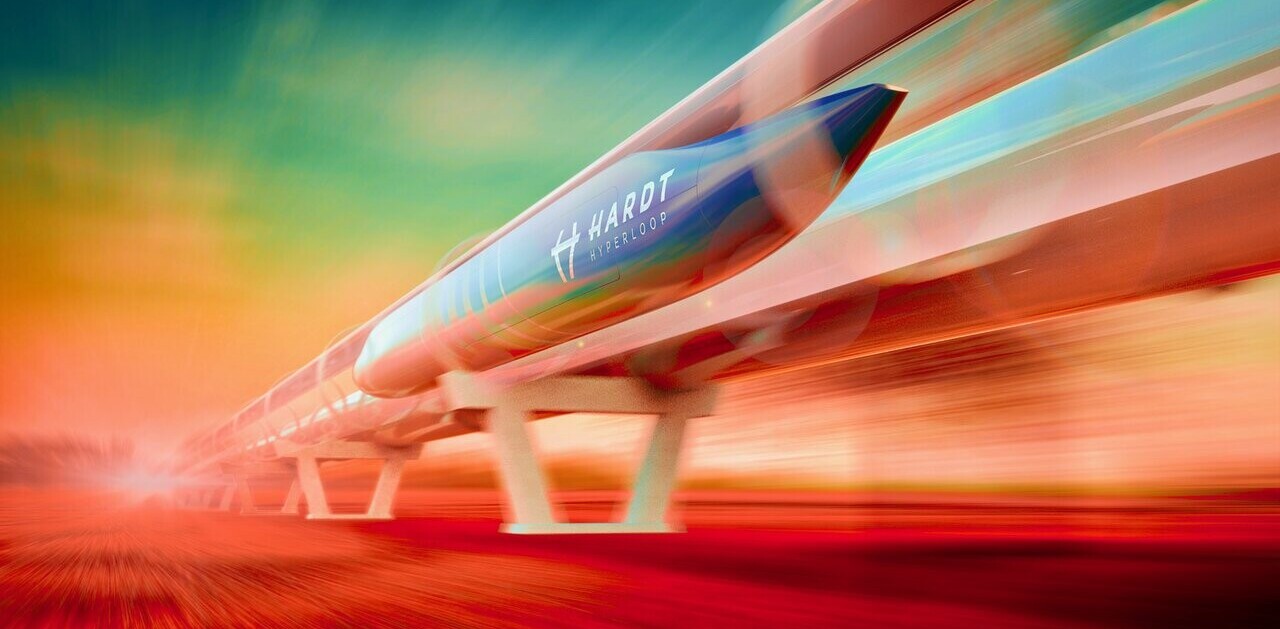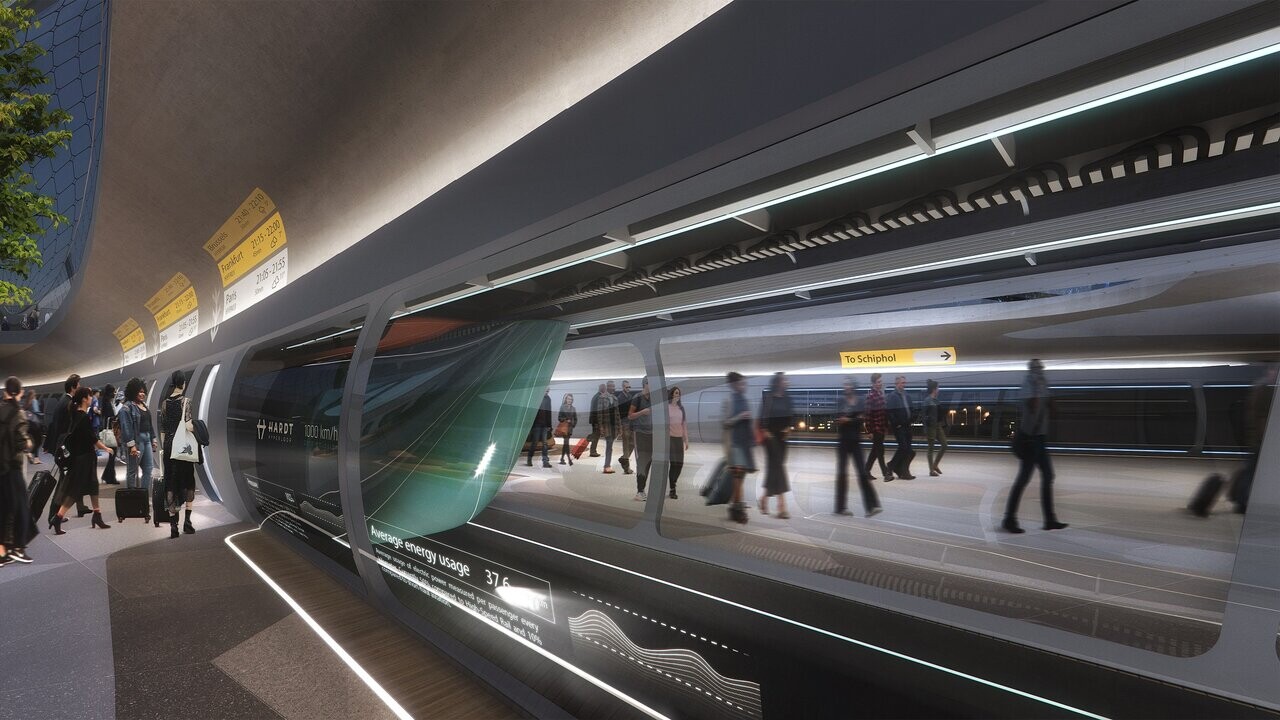
It’s been almost ten years since Elon Musk brought hyperloop technology back into modern public consciousness with a 2013 research paper.
His Space X sponsored The Hyperloop Pod Competition spawning many ideas for the hyperloop technology in development today, with some teams scaling to become fully functional startups with significant funding.
However, there is yet to be a commercially available hyperloop, and numerous companies are working on proprietary designs, mainly in stealth mode.
Every so often, they announce a partnership, release a video, or publish a feasibility study or research paper. It’s a trail of breadcrumbs and a lot of hype, but not always that much substance.
I’ve put my detective hat on to look at the most prominent players in the competition to release the first commercial hyperloop.
It’s worth stressing that hyperloop technology is forever changing as research evolves and the speed of innovation advances. Here are my thoughts on how they compare:
HyperloopTT (US)
HyperloopTT is an American company where the team is part employees and crowdsourced professionals who commit their time and knowledge in exchange for stock options.
In 2019 HyperloopTT released The Great Lakes Hyperloop Feasibility Study, detailing their hyperloop’s economic and technical feasibility. The research claims that the passenger and freight market will generate sufficient revenue to pay all capital and operating costs with an economic return of 11.8% nominal. That project would not require any government subsidies.

In July, the company revealed HyperPort, a plug-and-play solution for port operators to increase capacity and efficiency while decreasing pollution and congestion. Partnering with terminal operator Hamburger Hafen und Logistik AG (HHLA), it plans to move 2,800 containers a day. The system is waiting for certification design review.
Scorecard: Hyperloop TT is likely to be the first to bring its cargo solutions to market due to integration with existing ports.
Virgin Hyperloop One (US)
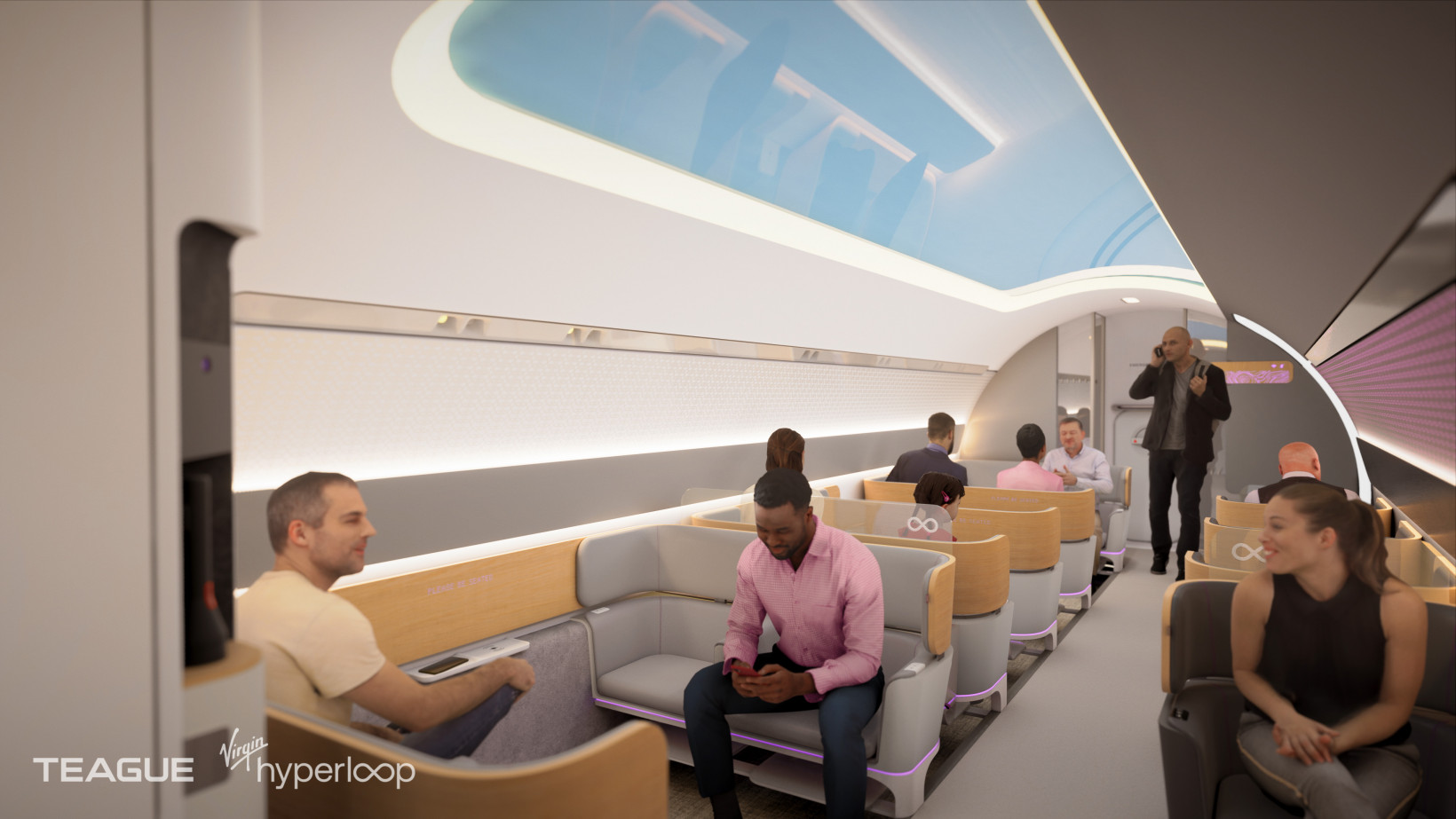
In November 2020, Virgin Hyperloop successfully launched a two-seat prototype ridden by two members of staff. The hyperloop traveled 500 meters, reaching 172 kilometers per hour within 6.25 seconds. The company claims to have carried out over 500 tests in Las Vegas and recently released a new explainer video on Twitter.
They’re planning routes in Dubai, India (between Mumbai and Pune), and in the US, North Carolina, and Texas.
Scorecard: I rank them 1st for hype and PR. They’re good at visuals and videos. But I’m not sure a two-seat trip at a fraction of the speed or distance of an actual hyperloop is proof they’ll be the first in passenger journeys.
DP World Cargo Speed (UAE)
Ok, this is kind of cheating in terms of competition as it means Virgin has two entries. In 2018 Virgin Hyperloop One and DP World joined forces to create DP World Cargospeed systems with a focus on carrying “high-priority, time-sensitive goods such as medical supplies and electronics.”
Not surprisingly, their focus is deliveries within Virgin Hyperloop’s planned routes. Their latest news was last December announcing a research collaboration between The Technology Innovation Institute and Virgin Hyperloop into R&D.
Scorecard: Is it stealth or inactivity? They have the cargo chops, but we’ve not heard any hyperloop news since, so it’s unclear how close they are to getting pods in the tube.
Hardt hyperloop (The Netherlands)
Dutch company Hardt won the 2017 hyperloop competition. Their most significant difference from their competitors is a switch that allows the vehicle to pass from one track to another, creating a network of tubes connecting all European cities.
The company was involved in developing the European Hyperloop Center (EHC) in 2020, an open innovation center located in Groningen — the Netherlands. The EHC plans to open a 2.7km test track with a cargo-scale tube suitable for speeds up to 700kmph to test hyperloop technologies in 2023.

They’ve created a life-size two-person pod prototype to roll out at events to drum up interest.
Scorecard: I suspect they are doing lots of behind-the-scenes work, especially regarding the regulations that need to occur to connect cities across the EU. One to watch.
Nevomo (Poland)

Formerly called Hyper Poland, Nevomo is taking a different approach to others. They are creating High-Speed Railways, to later transform into a vacuum version — effectively an upgrade.
Nevomo has a three-step approach:
- A passive magnetic levitation train operating on existing railway tracks at speeds up to 415 kph. This hybrid solution allows for both the magrail system and conventional trains on the same tracks.
- The transformation of this train into a vacuum system called “hyperrail” with a top speed of 600 kph on existing tracks.
- Creation of new tracks for the hyperloop to enable their vehicles to travel at up to 1,200 kph.
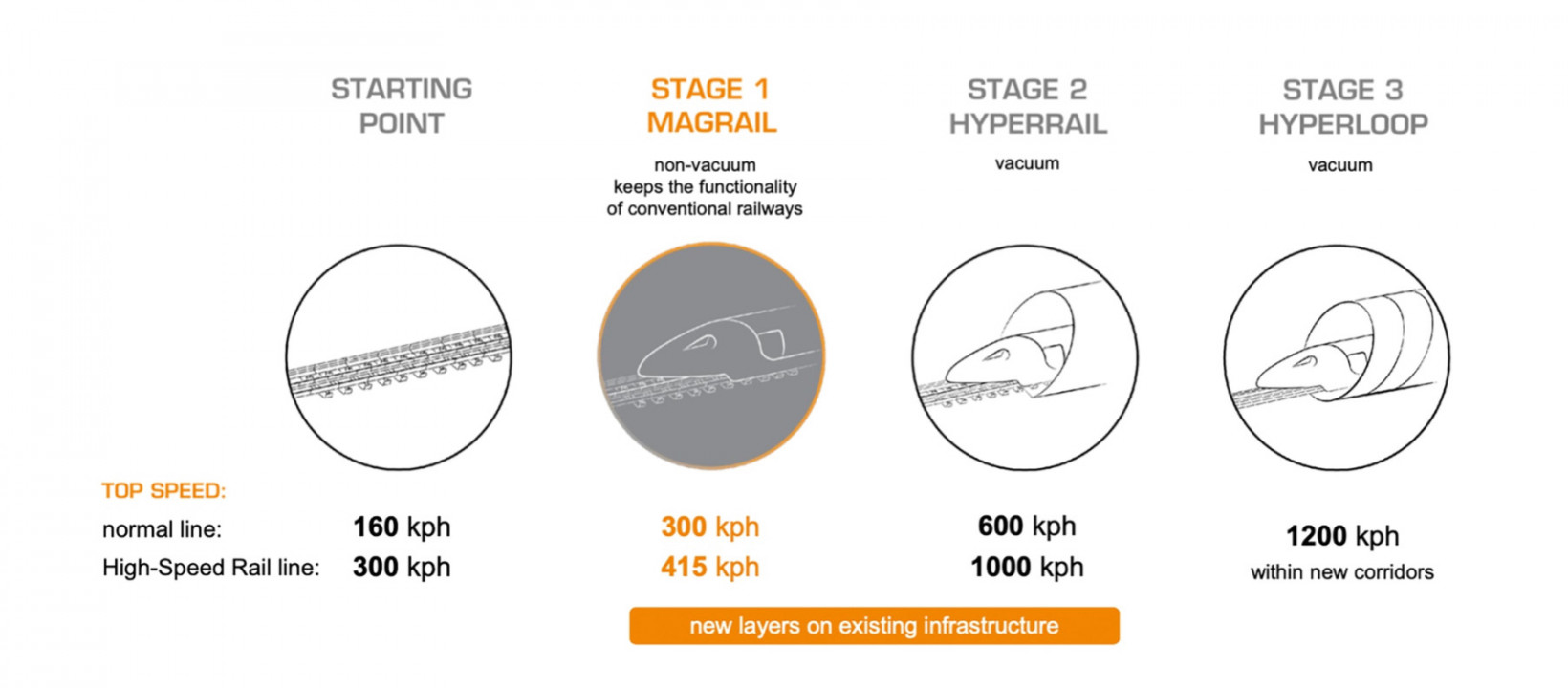
The company leased land in June to build a full-scale 750m test track. From 2023, trains on Nevomo will be able to travel at a speed of 415 km per hour.
Scorecard: One to watch as the company’s earlier stages are likely to fund the eventual hyperloop. I suspect we’ll be waiting a while, though.
Transpod (Canada)
Canadian company Transpod has created a tube system different to the traditional hyperloop concept.
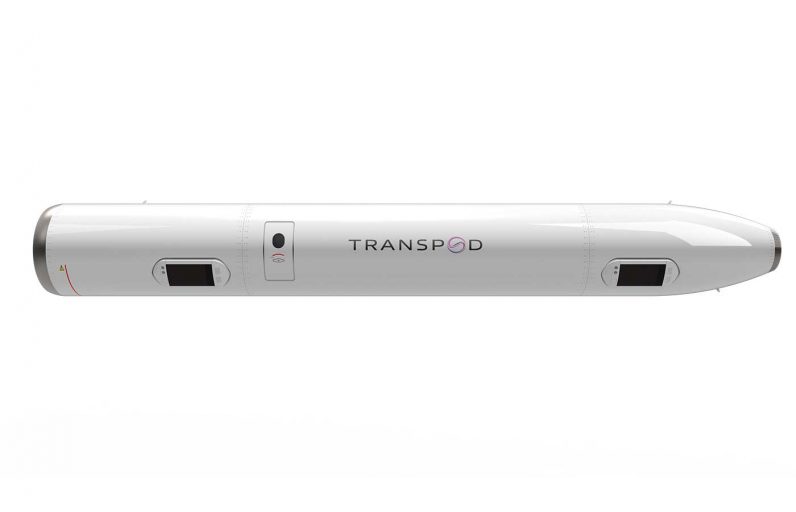
Unlike a traditional hyperloop, the TransPod system uses moving electromagnetic fields to propel the pods with stable levitation off the bottom surface rather than compressed air. The technology sits on the pod rather than on the infrastructure.
The company spent a chunk of time in 2020 designing ventilators for use by COVID-19 patients. They plan to operate across Canada and have tested their sub-systems in simulations and laboratory prototypes.
The next step is physical tests on the entire integrated system.
Scorecard: I suspect they were hit hard by COVID-19 restrictions and pivoted to ventilators to keep the factories open. There’s nothing wrong with that. Like Nevomo, creating new tech within new tech takes a lot more work.
The Boring Company (US)
The Boring Company is a tunnel construction and infrastructure company founded by Elon Musk in 2016. They dug a Test Tunnel underneath the SpaceX offices in Hawthorn, California, for the R&D of The Boring Company’s tunneling and public transportation systems in 2018.
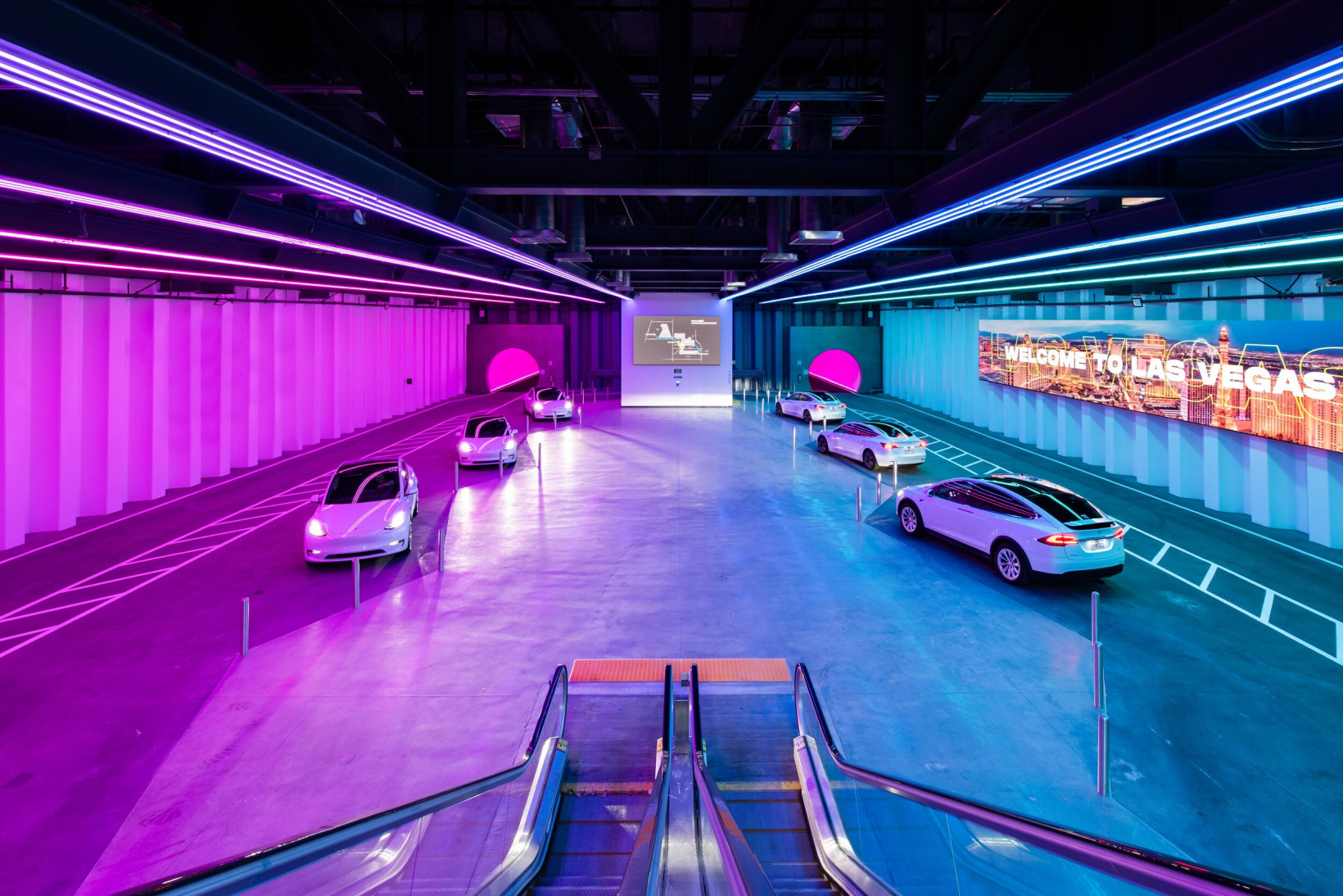
In May 2019, the company landed a $48.7 million contract to design and construct a Loop system for the Las Vegas Convention Center (LVCC).
Walking between the New Exhibit Hall and North/Central Hall can take up to 15 minutes. Using the tunnel takes only one minute even if it’s not that exciting.
In July, the company proposed a tunnel between the area where most of Space X employees live and their Starbase in Boca Chica.
Scorecard: Eh, they’re making tunnels. So far, there’s no hyperloop in sight, just dudes driving people in the tunnels in Teslas. They’ll transition to AVs in the tunnels long before hyperloop, I suspect.
How close are we to a commercial hyperloop?
Don’t hold your breath. COVID-19 shutdowns pushed all of their earlier timelines back.
Further, companies need to maintain the full complement of engineers, developers, architects, and other personnel.
Getting hyperloop up to speed (literally and figuratively) will take some time. I believe we will see cargo applications long before passenger journeys. The former is likely to be a priority to comply with city sustainability and carbon reduction goals.
Do EVs excite your electrons? Do ebikes get your wheels spinning? Do self-driving cars get you all charged up?
Get the TNW newsletter
Get the most important tech news in your inbox each week.
